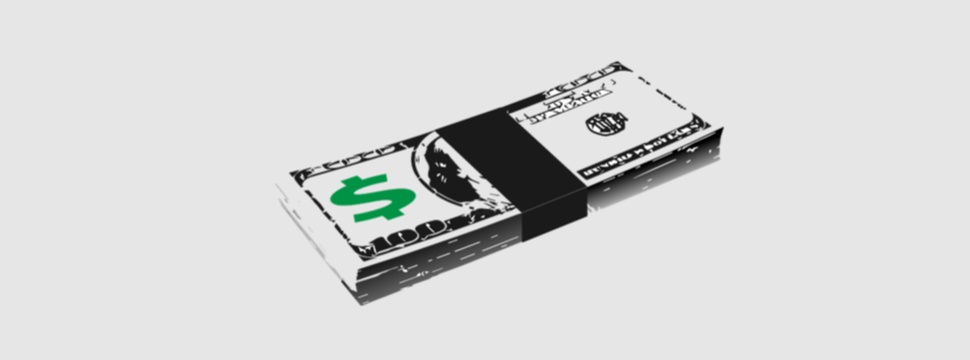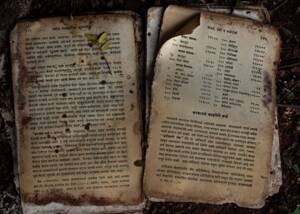Aniline dollar - emergency money from BASF
News News blog
Inflation reached its peak in Germany in 1923. A loaf of bread cost 105 billion marks, a single egg 1.2 million marks. BASF (Badische Anilin- und Sodafabrik) in the Palatinate then printed an emergency currency - the aniline dollar - over 100 years ago in November 1923.

At the end of the First World War, Germany was heavily in debt and there was hyperinflation. In 1922, the shortage of paper money was so great that BASF was unable to obtain enough government currency from the banks to pay the wages and salaries of its employees. BASF was therefore authorised to print its own thousand-mark notes worth 300 million marks.
However, this emergency money also lost its value in 2023 and was replaced by a new emergency currency in November 1923: the aniline dollar. BASF deposited Dutch guilders worth one million US dollars as collateral for this - hence the nickname Aniline Dollar. This emergency currency was produced by the company's own printing works.
On 27 November 1923, the Weimar Republic then introduced the so-called Rentenmark, thus ending inflation in Germany.










